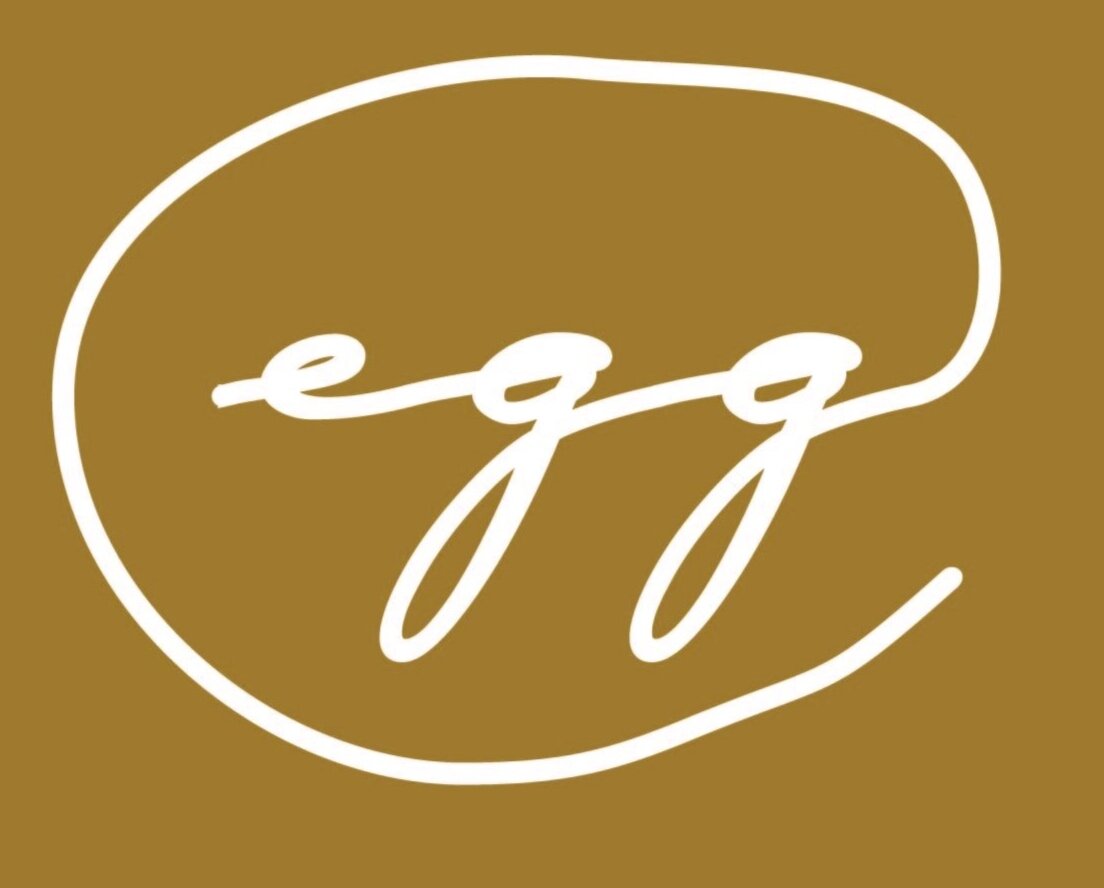Photo by Michael Krondl
LUCIA DERESPINIS
Lucia N. DeRespinis, born in 1927, has been an Industrial Designer for over fifty years. She attended St Lawrence University and Pratt Institute, graduating in 1952. Her class was comprised of all men, with the exception of two women one of which was Lucia. During her time at Pratt, she studied under notables Rowena Reed Kostellow and Eva Zeisel.
After graduating she built a career in the male-dominated design industry. While working as a senior designer at George Nelson Associates, she designed many products. She also worked on the iconic 1959 American Exhibition in Moscow designing a four-room apartment and furniture exhibition. This necessitated supervising installations and working in Russia for seven weeks. In 1960, George Nelson Associates partnered with the famed Nessen Studios, run at the time by Greta Von Nessen, to create the Leisure (Indoor-Outdoor) Lighting series which included the Beehive Lamp. DeRespinis worked in the Nelson office until early 1963, finally leaving when she was “too pregnant to lean over the drawing board.”
While DeRespinis is still underrepresented in museums, many of her designs are now icons and are still manufactured and sold worldwide. Her clock designs for George Nelson Associates were recently included in the Serious Play exhibition at the Milwaukee Art Museum and the Denver Art Museum and have been reissued by Vitra and are still available for purchase at MOMA and The Noguchi Museum. Curiously, she is perhaps best known amongst graphic design aficionados for the immortal pink and orange Dunkin’ Donuts logo. The logo’s vibrant pink and orange where inspired by her five-year-old daughter’s favorite colors, and the bubbly lettering was selected to suggest the appeal of a doughnut. The logo has represented the food-service chain for over twenty years. Among other clients were Abbott Laboratories, Delco Tableware, Walker China and Herman Miller furniture.
Lucia was, until recently, a Professor at Pratt, passing on her wisdom, teaching design thinking to a new generation of talent. She always told her students that “Once you are an Industrial Designer, the world is filled with questions of how and why and you will never be comfortable again. This profession seeks to make life better for humanity. Keep that in mind as you choose a path.”
Beehive Lamp, 1960
Brass, enamel
20.5” x 20.5” x 12.5”
Drop: 55”
The hexagonal pyramid hood in metal defines the honeycomb motif and supports a group of acrylic cylinders that diffuse their inner light. This contrasting combination of materials is in tune with functionalist propositions but is also playful in form, with the plastic resembling traditional hanging lamps’ fringes.
Lucia DeRespinis for George Nelson Associates
Courtesy of R & Company
“Everything is design.”
— Lucia Derespinis
Dunkin’ Donuts Logo designed by Lucia DeRespinis in 1975
“I went into the graphics department, and they had all these toasty looking signs up - black, brown and sort of tan…
I said if you really want to do a good job, you take that hot dog lettering and you make it pink and orange, my daughters favorite colors for her birthday party ever since she was 3 years old.”
“I was the only industrial designer who was a woman. I was always the only industrial designer who was a woman.”
— Lucia DeRespinis
Designer Lucia DeRespinis at age 33.
The photo was taken by George Nelson’s son while they were working in Moscow on the American Exhibition.
“I did everything. I designed everything from rugs, to tableware, to exhibits and trade shows, to graphics, to restaurants, to interiors … everything.”
Leisure Lighting Series
“My husband died very suddenly in 1970 when our daughter was seven, a terrific shock. Because of Lou’s unexpected death and because I had had some successes before his death , I was able to use my profession as a way to recover from a devastating event by immersing myself in problems to be solved. Connecting with past contacts was helpful building myself as a known quantity. I did manage to bring up a now accomplished daughter though the balancing is never easy.”
— Lucia Derespinis






